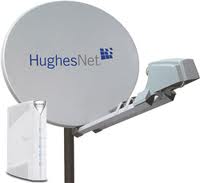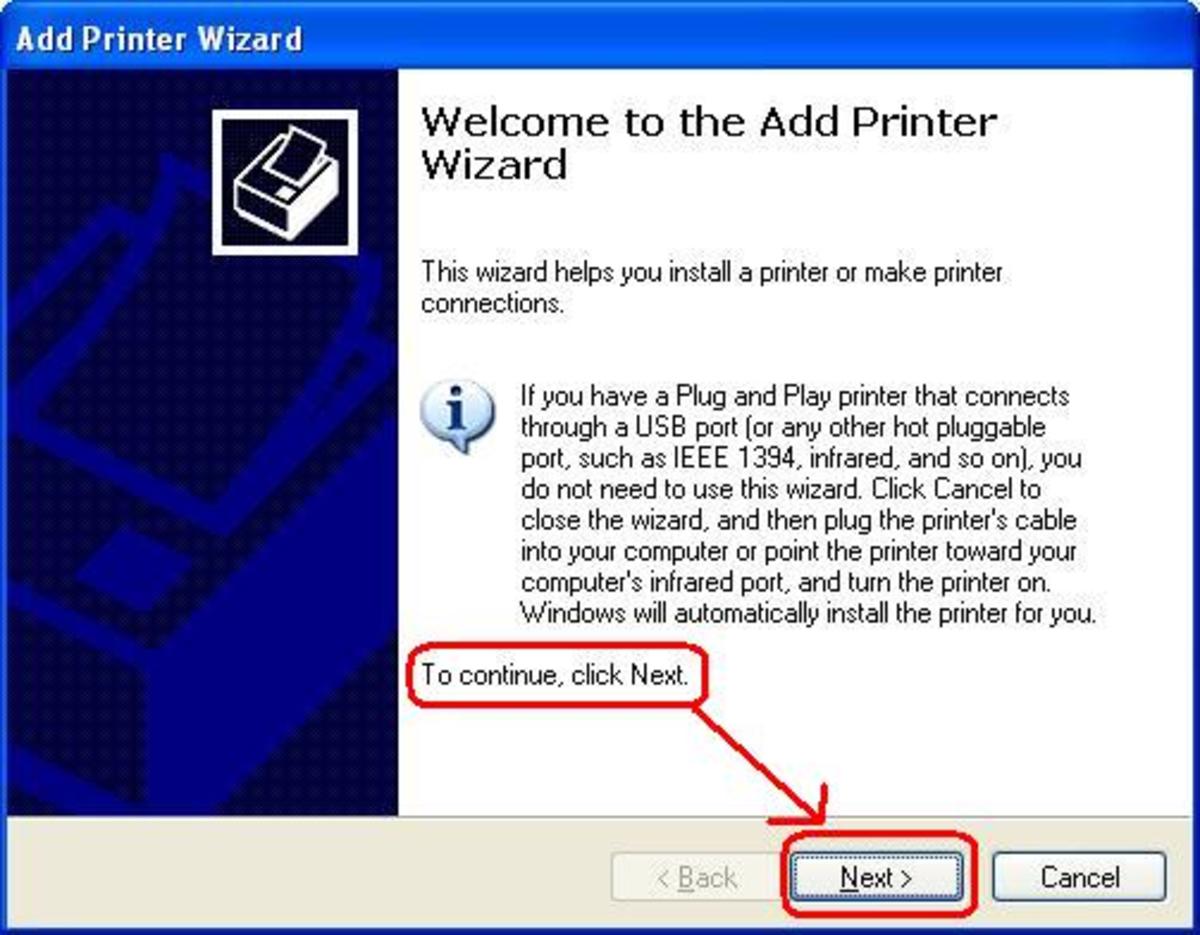Ways to connect to the internet from remote locations

Satellite
Sometimes in a location where DSL or cable is not available, then satellite can be the only option for a high-speed WAN connection and Internet access. Satellites are normally used in rural areas. The signal travels from the ISP to a satellite in space and
then from the satellite to your PC. The data transmission speeds do vary from 512 Kbps (upload) to 2 Mbps (download). A downside of the satellite Internet access is that it can be expensive for business, if your a sky television customer, then it can sometimes be offered cheaper. Satellite Internet access can also suffer from propagation delays or latency problems, giving you lots of buffering. The latency refers to the time taken for the signal to travel from ISP to the satellite and then back to the user. The latency also depends on the current atmospheric conditions.
Wireless
Wireless networks have to use radio frequencies to communicate instead of the network cabling that is used for normal computer networks. The radio frequencies create an electromagnetic (EM) field, which becomes the medium to transfer the signals from one computer to the next. As you go further away from the hub, or the main equipment generating the radio frequency of the wireless network, the strength of the field reduces and the signal then becomes weak. Wireless networks are defined in IEEE 802.11 standards use radio frequencies with what is called spread spectrum technology. The two spread spectrum technologies are:
Frequency-hopping spread spectrum (FHSS)
This is the method of transmitting an RF signal by rapidly switching the frequencies according to a pseudo random pattern, which is known to both the sender and the receiver equipment. FHSS uses a large range of frequency (83.5 MHz.) and is very resistant to any noise and interference.
Direct-sequence spread spectrum (DSSS)
DSSS is a modulation technique used by wireless networks and it uses a wide band of frequency. DSSS divides the signal into smaller parts and then transmits them at the same time over as many frequencies as possible. DSSS is faster than FHSS and ensures the data protection. It utilizes a frequency range from 2.4 GHz to 2.4835 GHz and is used in 802.11b networks.
Infrared
Infrared technology uses an electromagnetic radiation which has wavelengths that are longer than the visible light but also shorter than a radio frequency. The most common examples that you might have used are remote controls for TVs and audio systems. Called IrDA, infrared wireless communication technology provides point-to-point wireless communications using a direct line of sight. It doesn't use much power, so it is especially good for laptops, and it won't interfere with the radio frequencies. It is also quick to setup, and the speeds it supports range from 10 to 16 Mbps. It does not however travel through obstacles.
Bluetooth.
A Bluetooth wireless networking technology gives a short-range communication between two or more devices. Bluetooth is a low-cost networking solution which is widely used in telephones, and headsets, entertainment systems, and computers. It is designed to overcome the limitations of the now older IrDA technology. Bluetooth supports transmission speeds from 1 Mbps (Bluetooth 1.0) to 3 Mbps. The distance can only really be around 10 meters. However bluetooth can penetrate objects and doesn't require a line of sight like infrared. You can also use bluetooth to form a small network.
Cellular
A cellular wide area network is made up from a large number of radio cells. A separate transmitter is located at a fixed site, which powers each of the radio cells. This site is known as the base station. The coverage area of a cellular network depends on the number of base stations. Mobile phones use the cellular network.








